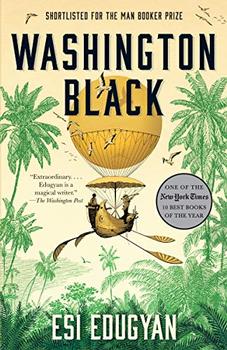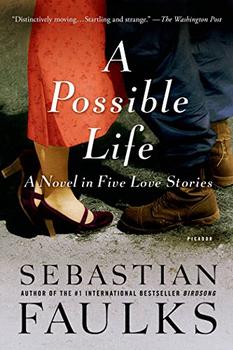Summary | Excerpt | Reviews | Beyond the book | Read-Alikes | Genres & Themes | Author Bio

I surrender. To explain in a few paragraphs a story that ranges from the frozen gold fields of the Yukon to the yellow fever swelter of Cuban hillsides, from the racial turmoil of post-Reconstruction North Carolina to the most humble, remote village in the Philippines, is a fool's errand. So let me dispense with any attempt at summary and cut straight to the chase - if an unrelenting commitment to showing action as it unfolds in vivid (and even painful) detail excites you, read John Sayles's novel. He had me hooked by page ten, following the hopeless greenhorn Hod Brackenridge up a death-defying slope in the Alaskan wilderness. What kept me interested through the nearly 1,000 pages that followed was Sayles's uncanny ability to find complexity in all of his characters, revealing the conflicted motives that drive them to pursue their desires.
If there is one unifying theme of the book, it is just that - the complexity of human desire. The pages are replete with love, lust, and greed, but rather than being simply described, emotions are brought to life by the characters' actions. There is the young black soldier ready to die for the love of a girl whose superior social class puts her beyond his reach; the crippled son of a southern magistrate, entranced by the young technology of the moving image; and the educated son of a Filipino land owner who turns from aspiring priest to committed revolutionary, and a dozen or so more. Each story is told in electrifying detail and each marked by the ambivalence and contradiction that make human actions so hard to make sense of.
Of course these are not unrelated tales. They are brought together not only by the coincidences that link the characters in space and time, but by the defining presence of the historical moment. While the action moves from imperialist adventures in far flung lands to domestic conflicts over race and class, there is a constant sense of history being written, drawn, and filmed as it unfolds. Contemporary story tellers, Mark Twain and Joseph Pulitzer included, form a secondary group of characters - not quite at the heart of the action, but not just along for the ride either.
The epic scope of the novel does become unwieldy in places, detracting somewhat from the potent tension that shoots through most of the narrative. But the creative imagination behind such a wild, wide ranging work is less concerned with perfection than with raw energy. This Sayles provides, in copious amounts, and his readers are the better for it.
Additional Information
John Sayles spent years researching the turn-of-the-century world of A Moment in the Sun. Click here to see some of the photos that helped shape each chapter and to read John's notes on some of the historical details that crop up in the text. For more information on the books John consulted, click on his extended bibliography.
![]() This review was originally published in The BookBrowse Review in September 2011, and has been updated for the
March 2012 edition.
Click here to go to this issue.
This review was originally published in The BookBrowse Review in September 2011, and has been updated for the
March 2012 edition.
Click here to go to this issue.

If you liked A Moment in the Sun, try these:

by Esi Edugyan
Published 2019
A dazzling new novel about a boy who rises from the ashes of slavery to become a free man of the world.

by Sebastian Faulks
Published 2013
From the critically acclaimed, bestselling author of Birdsong, new fiction about love and war—five transporting stories and five unforgettable lives, linked across centuries.
The purpose of life is to be defeated by greater and greater things.
Click Here to find out who said this, as well as discovering other famous literary quotes!
Your guide toexceptional books
BookBrowse seeks out and recommends the best in contemporary fiction and nonfiction—books that not only engage and entertain but also deepen our understanding of ourselves and the world around us.